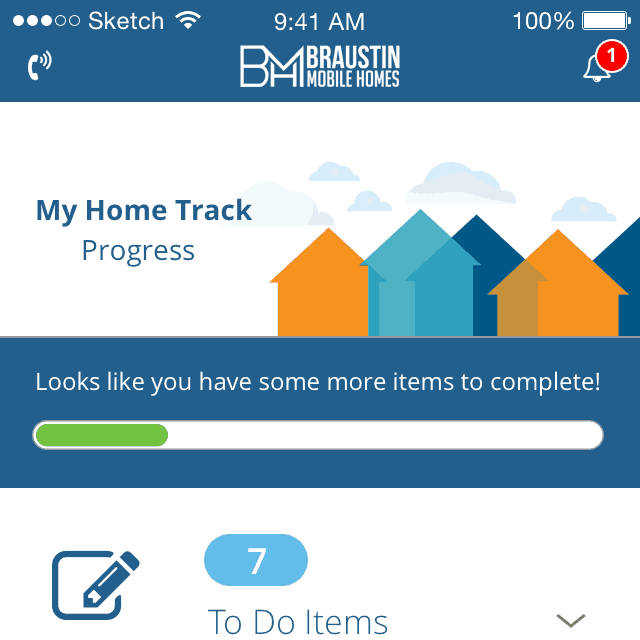
Braustin Homes Receives $10,000 to Springboard Mobile App
“The great growling engine of change – technology.” – Alvin Toffler
Technology has revolutionized not just the way society makes a phone call, checks email, and shares pictures, but the entire face of consumerism. The generation dubbed “millennial” has been raised in the high-speed, text message, two-day shipping era and is entirely comfortable purchasing items online after reading reviews, scrolling pictures, and visiting the FAQ page.
Braustin Homes, founded by brothers Alberto and Jason Piña, started their company with this understanding of millennials in mind, stating in an interview with Rivard Report, their goal was “to start our own business where we could develop an approach more in line with the modern practices of e-commerce.”
Since their opening in January 2017, Braustin has operated in the office spaces of Geekdom San Antonio—a collaborative workspace for startups founded in 2010 by Nick Longo and Graham Weston, also the founder and CEO of Rackspace—offering home tours through virtual reality goggles and online video, while marketing through the mega-platforms of Facebook and Instagram. Braustin sold and delivered 36 homes in their first year utilizing this method of business.
After launching their new app one year after opening, Braustin received $10,000 of “seed-money” as part of The Community Fund, Geekdom’s new investment program designed specifically to help spring-board promising startups in the Geekdom community.
The app, Braustin Docs, is something new in terms of mobile home buying. It features in app communication between homebuyers and the seller, text notifications, a document scanner for loan paperwork, and a home buying progress bar (similar to the Domino’s Pizza Tracker).
The need for this technology in the mobile home industry is apparent when the current sales process is compared to companies such as CarMax, Stamps.com, or even Esurance. These are million to billion dollar businesses utilizing the digital era to capitalize on wealth, providing the internet generation with their preferred way of doing business—through digital forms, app messaging, and as little face to face communication as possible.
In an interview with CIO from IDG, Shamim Mohammad, CIO of CarMax, discusses their own app, which replaced the clipboard and pen method of appraising cars with a digital one, allowing CarMax employees to complete the appraisal without having to leave the car or customer.
Mohammad says, “Customers are measuring their experience with us against their experience with companies like Starbucks, not against other used-car companies… Our digital strategy is all about giving the customer options.”
But it isn’t only customers who benefit from leveraging technology to streamline productivity—it’s the employees as well. Mobile Apps have the innate ability to consolidate different software into one place, or at least link data to it. Gone are the days where multiple data keeping sites need to be updated separately, and then, if there’s time, the customer themselves.
As Linkedin points out in this article on the real estate industry falling behind in their use of mobile technology, “Use of mobile apps over traditional web portals will benefit the businesses, such as providing accurate data and capability to handle all requests at a faster rate. Most of the work can be automated with the help of mobile apps as well. Therefore, it is the high time for the businesses to explore these benefits…”
Mobile apps, when used properly, provide something everybody craves—convenience. One example is scanning. Scanning documents no longer has to be a five step event, requiring a page to be first scanned, then saved, then found, then attached, and finally emailed (if the attachment is remembered at all). It can now be the simple matter of taking a picture.
If banks, the most traditional of any U.S. institution, can get on board with mobile technology—offering digital check deposits, in app credit card applications, and even mobile, real-time money transfers—what has been impeding the mobile home industry? History makes it clear, companies must adapt to innovation or risk being overtaken by those who do.
Have a question?
Drop us a message and we'll get back to you with some answers!




